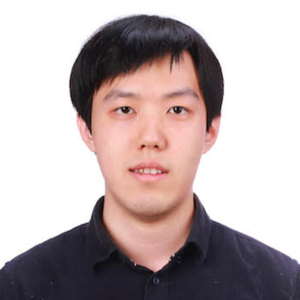Learning Disentangled Equivariant Representation for Explicitly Controllable 3D Molecule Generation
We consider the conditional generation of 3D drug-like molecules with explicit control over molecular properties such as drug-like properties (e.g., Quantitative Estimate of Druglikenessor Synthetic Accessibility score) and effectively binding to specific protein sites. To tackle this problem, we propose an E(3)-equivariant Wasserstein autoencoder and factorize thelatent space of our generative model into two disentangled aspects: molecular properties and the remaining structural context of 3D molecules. Our model ensures explicit control over these molecular attributes while maintaining equivariance of coordinate representation and invariance of data likelihood. Furthermore, we introduce a novel alignment-based coordinate loss to adapt equivariant networks for auto-regressive denovo 3D molecule generation from scratch. Extensive experiments validate our models effectiveness on property-guidedand context-guided molecule generation, both for de-novo 3D molecule design and structure-based drug discovery against protein targets.


